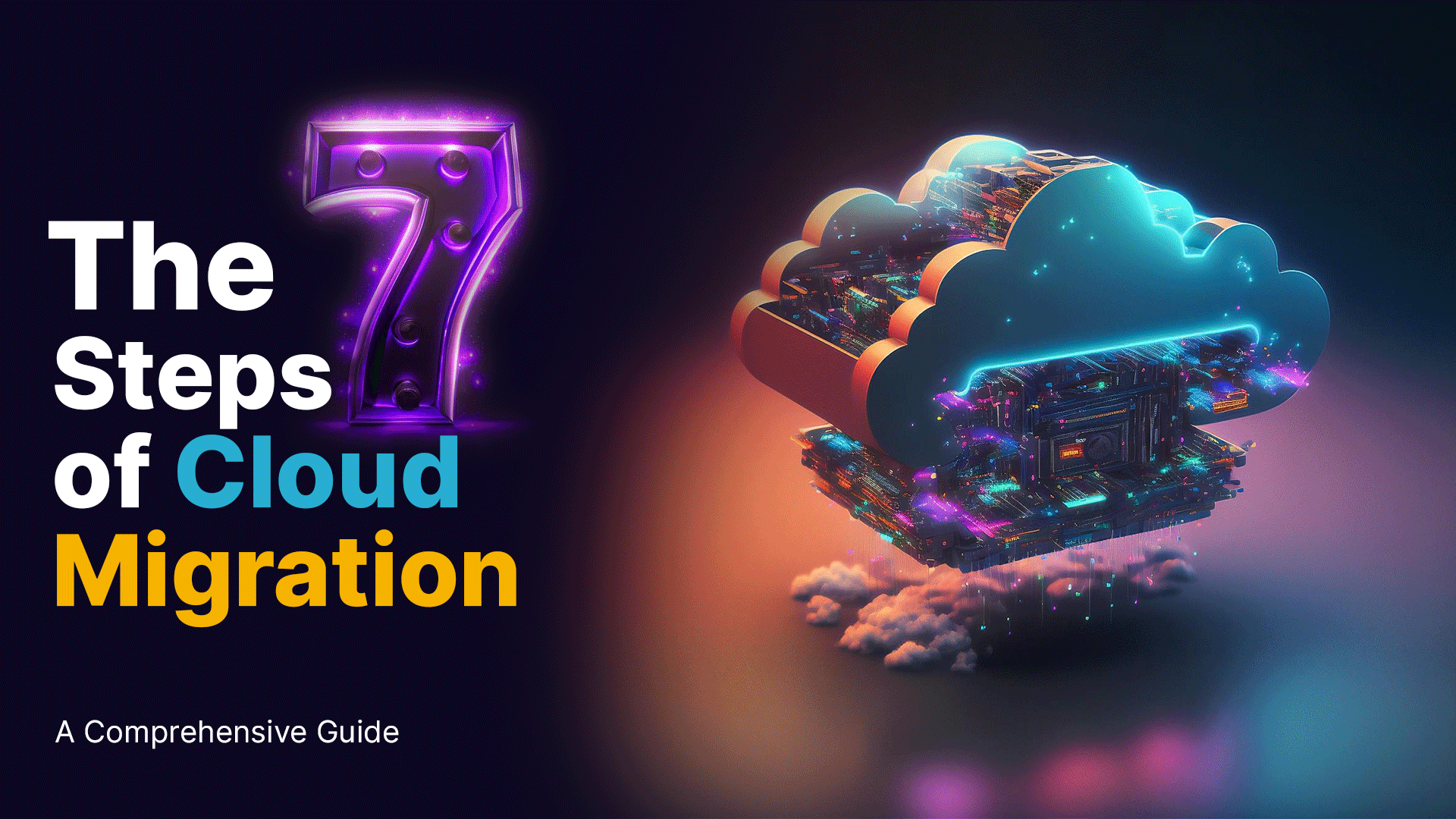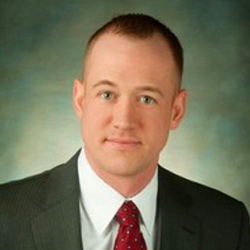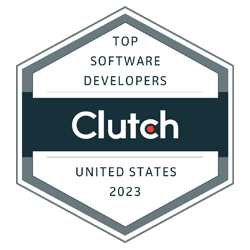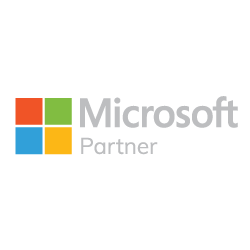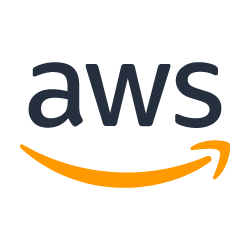A Deep Dive into Testing React Native Apps

The Essentials: Testing React Native Apps
React Native is a popular framework for cross-platform smartphone programming. As an app grows in popularity, testing becomes increasingly important to maintain stability. It is therefore imperative that the introduced functionality seamlessly integrates without disrupting other facets of the software.
Testing React Native apps involves ensuring the program behaves as intended, meets defined requirements, and remains functional after updates. This verification process spans crucial dimensions like user interface, functionality, performance, and security. It’s a comprehensive method for ensuring application integrity. Developers enhance stability, functionality, and security by conducting thorough tests in these key areas, resulting in a more robust and satisfying experience for end-users.
About Automation Testing for React Native Apps
Automated testing is a form of software testing that employs tools and scripts to run preset test cases within a software application. It automates manual testing operations, increasing productivity, accuracy, and reproducibility. It checks software functionality, detects faults, and ensures the program satisfies established requirements by scripting test cases. Automated testing is extremely useful in agile development for ensuring that software changes are validated quickly and consistently.
Automation Testing for React Native Apps follows a set of well-defined steps:
- Choosing a Tool:
Select a testing tool depending on the type of testing required and compatibility with the software development platform.
- Definition of Scope:
Define the scope of automation by stating which components of software testing- such as test cases, functionality, and scenarios- will be automated.
- Design, planning, and development:
- Outline the automation react native UI testing strategy’s aims and approaches.
- Design and create reusable and efficient test scripts for the defined scope.
- Testing Execution:
- Use the chosen testing tool to run the developed test scripts.
- Allow for the execution of test cases to be repeated and consistent, with the react native test app tools gathering data and creating detailed test results.
- Maintenance:
- Update and alter automated test scripts regularly to coincide with newer versions of the software package.
- As the software evolves, ensure that the react native test automation procedure stays effective and produces correct findings.
The Benefits of Testing React Native Apps
Testing apps made with React Native has various advantages, all contributing to the application’s overall quality, dependability, and success.
Here are some significant benefits:
- Detection and prevention of bugs:
Testing aids in the early detection and correction of faults and issues, preventing them from reaching production and reducing the chance of post-release difficulties.
- Increased Code Quality:
Writing test cases motivates engineers to create modular and maintainable code. As a result, the general quality of the codebase improves, making it easier to manage and extend.
- Improved User Experience:
Extensive react native UI testing ensures the app’s functionality fulfills user expectations. This leads to a more enjoyable and smoother experience for end users.
- Accelerated development cycles:
Automated testing, especially in continuous integration pipelines, accelerates development. It enables developers to detect problems early and ensures that new features or updates do not disrupt existing functioning.
- Consistency across platforms:
React Native enables cross-platform development, and testing guarantees that the program operates properly across platforms and devices, providing consumers with a consistent experience.
- Assurance of security:
Testing aids in identifying and addressing security flaws, ensuring that sensitive data is handled safely, and safeguarding the app from potential security threats.
- Observance of Requirements:
Testing verifies that the application meets the specifications and follows the business rules. This is critical for delivering a product that meets user expectations as well as commercial objectives.
The multiple categories of Testing React Native Apps
Apps made with React Native have received considerable praise for their amazing capabilities and now React Native has established itself as a prominent programming language.
To delve deeper into its strengths, let’s explore the wide range of React native UI testing approaches used for applications.
- Writing Tests
Begin by developing code as modular, testable parts rather than a single, large file to support effective testing. Breaking the software into smaller modules enables more targeted and thorough testing, improving code reliability and maintainability.
- Unit Testing
Unit testing is one of the React Native test automation tools that focuses on JavaScript objects and methods at the most fundamental level. It evaluates minor code components such as functions and classes. When testing objects with external dependencies, mocking, the practice of substituting dependencies with bespoke implementations, is frequently used. Unit tests are simple to develop and perform, and they provide immediate feedback on test results. While real objects are preferred in testing, mocking becomes necessary when practical limits arise, providing smooth React Native app unit testing.
- Component Testing
While React components are necessary for user interaction, even rigorous business logic testing may not catch all faults in UI. This is where component testing becomes necessary, considering both functionality and visual elements like interaction and rendering. Specifically, React Native UI testing for components is significant. Operating within the Node.js environment, it evaluates only JavaScript, overlooking platform-specific code. However, it’s important to note that UI testing React Native may not provide complete assurance as it doesn’t detect iOS or Android code issues.
- Integration Testing
When developing complex software systems, programmers must write code for distinct components that work together to produce a cohesive application. Integration testing, in which the combination of individual parts is examined to confirm compliance with the application’s specifications, is used by developers to validate the seamless interaction of these components. When a program integrates numerous modules, communicates with other systems, makes network calls to other applications, or engages in file or database input/output operations, integration testing becomes critical. This testing process is critical for ensuring the smooth operation of interrelated components in apps made with React Native.
End-to-end Testing
End-to-end (E2E) testing allows you to examine the functioning of your application on a device, simulator, or emulator, simulating the user’s experience. This type of testing entails preparing your program for release and running tests against it. Notably, E2E testing does not particularly target React Native components, APIs, Redux stores, or business logic, but rather provides an overall assessment of app performance. Using E2E testing gives you a high level of confidence in the functionality of your software. End-to-end testing solutions for React Native applications are plentiful, with Detox standing out as a popular choice due to its specialized compatibility with React Native. Appium, another commonly used automation tool, is known for its efficacy in both iOS and Android applications.
By combining these testing procedures, developers can create a complete testing strategy that addresses various aspects of React Native application development. This method ensures the delivery of a product that is not only of high quality but also dependable and consistent.
Conclusion
In conclusion, testing React Native apps is critical to ensure stability and user experience. It includes a thorough examination of the user interface, functionality, performance, and security to ensure that the app behaves as intended. Testing not only finds and prevents defects, but also improves code quality, shortens development cycles, and ensures platform consistency. Exploring several forms of testing, such as unit, component, integration, and end-to-end testing, emphasizes the significance of a thorough testing approach. Furthermore, developers may provide stable, consistent, high-quality products by prioritizing testing in React Native development.
FAQs
- Why is testing React Native apps important?
Testing ensures that React Native apps work as expected, satisfy established requirements, and continue to function after upgrades. It is critical for maintaining stability, increasing user experience, and preventing production concerns.
- What kinds of testing React Native apps are required?
Unit testing for essential components, component testing for UI and functionality, integration testing for seamless component interaction, end-to-end testing for overall app performance, and performance testing for responsiveness and resource consumption are all important forms of testing.
- How does React Native UI testing work?
UI testing in React Native entails evaluating visual elements, interactivity, and component rendering correctness. It may not give comprehensive assurance because it overlooks flaws in platform-specific code (iOS or Android) when operating in the Node.js environment and focuses on JavaScript.
- What are the advantages of automation testing for React Native apps?
Automation promotes efficiency, precision, and repeatability. It shortens development cycles, detects flaws early, and ensures that software updates are consistently validated. It is very useful in agile development for quick and dependable validation.
- How can developers create a comprehensive testing strategy for React native apps?
By combining multiple testing processes such as unit testing, component testing, integration testing, and end-to-end testing, developers can create a comprehensive testing approach. This strategy ensures that all areas of React Native application development are thoroughly covered, resulting in a dependable and high-quality solution.




























